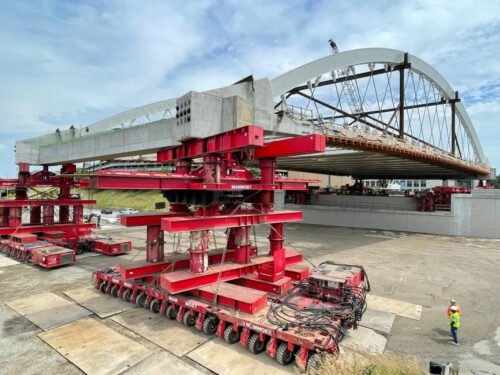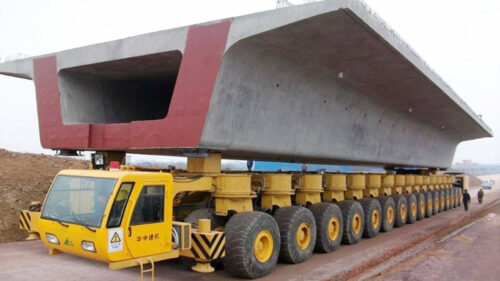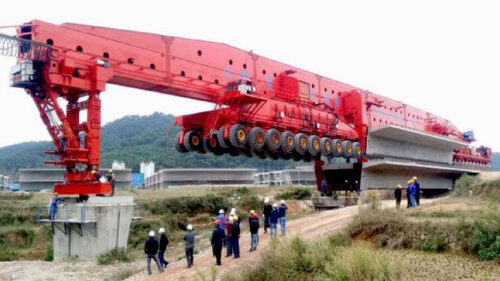Exploring the Marvels of Modern Bridge Construction: Witness the Symphony of Engineering and Heavy-Duty Machinery Unleashed

Bridges stand as iconic symbols of human engineering excellence, seamlessly connecting cities, spanning vast rivers, and triumphing over geographical barriers.
The manufacturing and construction processes behind these awe-inspiring structures are a testament to human ingenuity and the utilization of extraordinary heavy-duty machinery.
In this article, we delve into the captivating realm of contemporary bridge manufacturing and construction, highlighting the remarkable techniques and machinery involved.
The journey of constructing a modern, large-scale bridge commences with meticulous planning and design.

Civil engineers and architects collaborate to develop an efficient and structurally sound blueprint for the bridge, taking into account factors such as load-bearing capacity, environmental conditions, and aesthetic considerations to ensure a successful project.
Once the design phase is completed, the manufacturing process springs into action. Crucial to this process are heavy-duty machines that shape and assemble the various components of the bridge. Towering cranes, massive gantries, and precision cutting tools are brought into operation, transforming raw materials into structural elements.
Steel, renowned for its strength and versatility, is a common material employed in bridge construction. The manufacturing process involves cutting and shaping steel beams, girders, and trusses to match the precise specifications outlined in the design.

Automated cutting machines, plasma cutters, and computer-controlled bending machines ensure precise and efficient execution during this phase.
Welding, a critical process in bridge construction, joins the fabricated steel components together. Skilled welders employ advanced techniques, such as submerged arc welding or gas metal arc welding, to create robust and enduring connections between the bridge elements.
Welding robots are also utilized to enhance efficiency and maintain high-quality standards.
As the individual components take shape, they are transported to the construction site for assembly. Heavy-duty cranes and gantries, capable of lifting massive loads, meticulously position the structural elements into place.
This process demands precision and coordination to guarantee seamless alignment among the components.
Once the main structure is assembled, additional elements, such as concrete decks and railings, are incorporated to finalize the bridge.

Concrete mixing trucks deliver the required amount of concrete to the construction site, where it is poured into molds and left to cure. This produces a solid deck surface that offers stability and support for vehicles and pedestrians alike.
